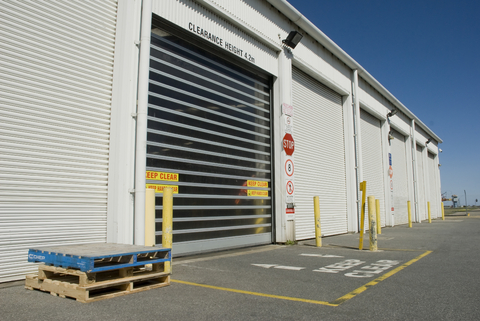What is a Safety (WHS\OHS) Audit Why & How


What is OHS/WHS Management System Audit or Safety Audit?
Australian and New Zealand Standard AS/NZS 4801:2001 Occupational health and safety management systems – Specification with guidance for use provides that “The Organisation shall establish, implement and maintain an audit program and procedures for periodic OHS management system (OHSMS) audits to be carried out by a competent person, in order to:
- Determine whether the OHSMS:
- Conforms to planned arrangements for OHS management including the requirements of the standard
- Has been properly implemented and maintained
- Is effective in meeting the organisations’s policy as well as objectives and targets for continual OHS improvements
- Provide information on the results of audits to management and employees.
The standard requires a WHS Audit Program to be established with a schedule based on the importance of the activity concerned and the results of the previous WHS audit.
WHS management systems audit has a much broader scope than a workplace inspection that usually involves checking physical conditions and arrangements for a work area, plant, process or an item in the workplace. The WHS management systems audit involves examining the organisation’s OHS/WHS policy, plan and programs and determining how well they have been implemented. During the audit, documents, records and work practices are reviewed. System strengths and areas for improvement are then identified.
Why Need to do the WHS Audits?
The WHS Audit compares what is intended to be in place as established and what is actually in place and suitability of what is in place.


Types of Safety Audits?
The WHS Audit for an organisation may include one ore more of the following types of audits:
According to AS/NZS4801 and AS/NZS4804 (2001) five key principles must be present in a functional WHS/OHS Management System. These are:
- Desktop audits (review of existing documentation)
- Gap analysis against standards (eg. AS/NZ4801, OHSAS18001) or other established requirements
- Compliance audits (auditing system elements, policies, procedures, processes, premises, plant & equipment against legislative requirements, codes and standards)
- Systems audit
- Process audit
- WHS Management Plan Audit
- OHSMS certification
- Self Insurer audit
- Other industry specific audit schemes:
- Federal Safety Commissioner (FSC) Audit Criteria
- NSW Government – Work health and safety management systems and auditing guidelines.
How Should the WHS Audit be Done by the Auditor?
The WHS management system auditor should be independent of the process being audited. Auditors may be internal or external to the organisation who should perform the audit competently, objectively and impartially.

